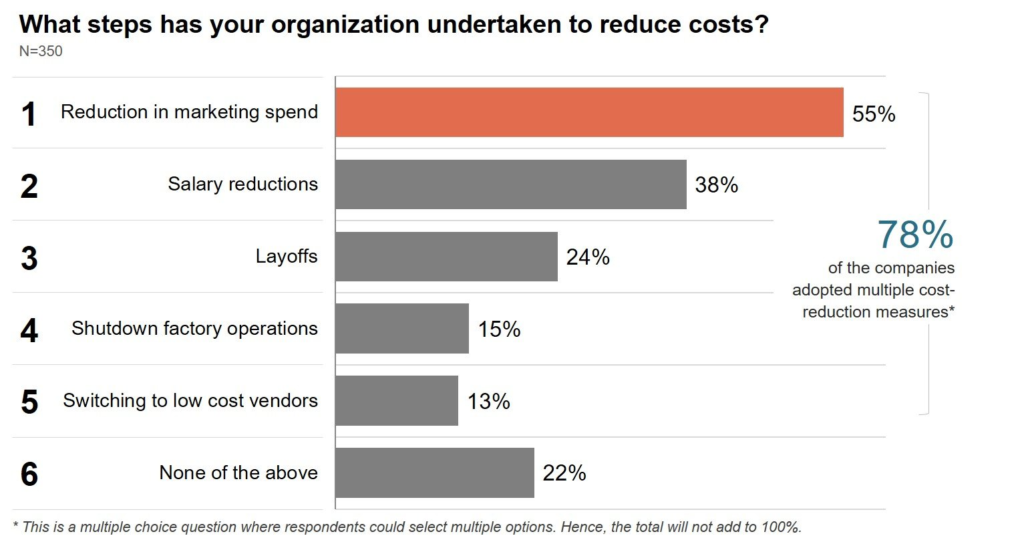Introduction
Building an emergency fund is a crucial step toward achieving financial stability and resilience. An emergency fund provides a financial safety net to cover unexpected expenses, such as medical bills, car repairs, or job loss, without resorting to high-interest debt or draining your savings. While building an emergency fund may seem daunting, there are several effective strategies you can use to build it quickly and efficiently. In this guide, we’ll explore the top 5 ways to build an emergency fund quickly, empowering you to take control of your finances and prepare for whatever life throws your way.
Top 5 Ways to Build an Emergency Fund Quickly
1. Automate Your Savings
One of the most effective ways to build an emergency fund quickly is to automate your savings. Set up automatic transfers from your checking account to a dedicated savings account each month or each time you receive a paycheck. By automating your savings, you can ensure that a portion of your income is set aside for emergencies before you have a chance to spend it. Start small and gradually increase the amount you save over time to accelerate your progress toward your savings goal.

2. Cut Expenses and Reduce Discretionary Spending
Another way to build an emergency fund quickly is to cut expenses and reduce discretionary spending. Take a close look at your monthly budget and identify areas where you can trim expenses, such as dining out, entertainment, or subscription services. Consider adopting frugal habits, such as cooking at home, shopping sales, or negotiating bills, to free up extra cash for savings. Redirect the money you save from cutting expenses toward your emergency fund to accelerate your savings growth.

3. Earn Extra Income Through Side Hustles
Earning extra income through side hustles or freelance work is a powerful way to boost your emergency fund quickly. Explore opportunities to monetize your skills and talents, such as freelancing, consulting, tutoring, or selling handmade crafts or products online. Consider taking on part-time work or gig economy jobs to supplement your regular income and generate additional cash flow. Direct the earnings from your side hustles toward your emergency fund to supercharge your savings efforts.

4. Utilize Windfalls and Unexpected Bonuses
Windfalls, such as tax refunds, bonuses, or unexpected cash gifts, provide an excellent opportunity to bulk up your emergency fund quickly. Instead of splurging on discretionary purchases, consider directing windfall income toward your savings goals. Use unexpected financial windfalls to make lump sum contributions to your emergency fund, accelerating your progress and bolstering your financial safety net. While it may be tempting to spend windfall money on non-essential items, prioritizing your emergency fund can provide greater peace of mind and long-term financial security.

5. Set Specific Savings Goals and Milestones
Setting specific savings goals and milestones can help you stay motivated and track your progress as you build your emergency fund. Determine how much you need to save for emergencies based on your monthly expenses, financial obligations, and risk tolerance. Break down your savings goal into smaller, manageable milestones, such as saving $500, $1,000, or three months’ worth of expenses. Celebrate each milestone you achieve and use it as motivation to continue building your emergency fund until you reach your target amount.

Building an Emergency Fund Quickly: FAQs
How much should I save in my emergency fund?
Financial experts recommend saving at least three to six months’ worth of living expenses in an emergency fund to cover unexpected expenses or financial setbacks. However, the appropriate amount for your emergency fund may vary depending on your individual circumstances, such as your income, expenses, job stability, and risk tolerance. Consider factors such as your monthly expenses, financial obligations, and potential sources of income when determining your emergency fund target.
What should I do if I have debt while trying to build an emergency fund?
If you have debt while trying to build an emergency fund, it’s essential to strike a balance between saving for emergencies and paying down debt. Consider prioritizing high-interest debt, such as credit card debt or payday loans, while making minimum payments on lower-interest debt, such as student loans or mortgages. Once you’ve established a small emergency fund, focus on aggressively paying down debt while continuing to contribute to your emergency fund to achieve financial stability over time.
Where should I keep my emergency fund?
It’s important to keep your emergency fund in a liquid and easily accessible account, such as a high-yield savings account or a money market account. Avoid investing your emergency fund in assets that are subject to market volatility or withdrawal restrictions, such as stocks, bonds, or retirement accounts. The goal of an emergency fund is to provide quick access to cash when needed, so prioritize safety, liquidity, and accessibility when choosing where to keep your emergency savings.
How often should I review and update my emergency fund?
It’s a good idea to review and update your emergency fund regularly to ensure that it remains aligned with your financial needs and goals. Periodically reassess your monthly expenses, financial obligations, and potential sources of income to determine whether your emergency fund target needs to be adjusted. Life changes, such as marriage, parenthood, job changes, or major purchases, may also necessitate updates to your emergency fund strategy. Make it a habit to review your emergency fund at least annually or whenever your financial circumstances change significantly.
What if I need to use my emergency fund?
If you need to use your emergency fund for unexpected expenses or financial emergencies, it’s important to replenish it as soon as possible. Treat withdrawals from your emergency fund as loans to yourself and prioritize rebuilding your savings to ensure that you’re prepared for future emergencies. Consider adjusting your budget, cutting expenses, or increasing your income to accelerate the replenishment process and restore your emergency fund to its target amount.
Conclusion
Building an emergency fund quickly is essential for safeguarding your finances, preparing for unexpected expenses, and achieving financial peace of mind. By following the top 5 ways outlined in this guide—automating savings, cutting expenses, earning extra income, utilizing windfalls, and setting specific savings goals—you can establish a robust financial safety net and protect yourself from financial uncertainty. With careful planning, disciplined saving, and a proactive approach to managing your finances, you can build an emergency fund quickly and enjoy greater financial security and resilience in the face of life’s unexpected challenges.
